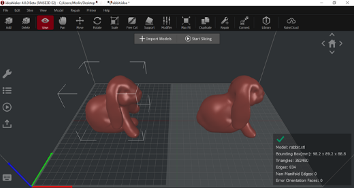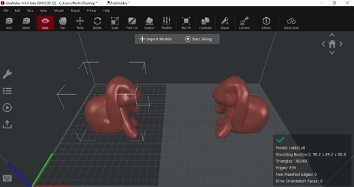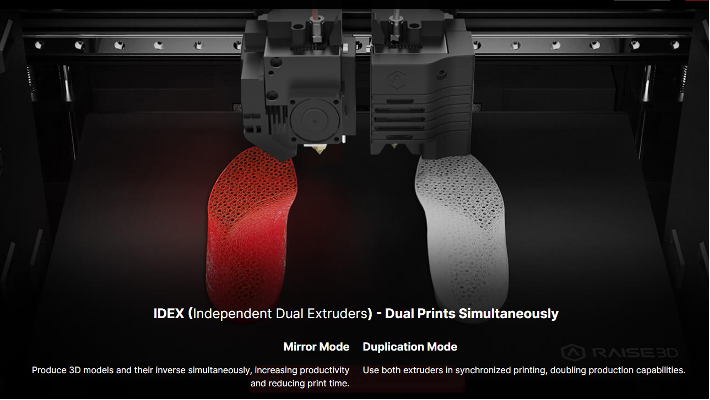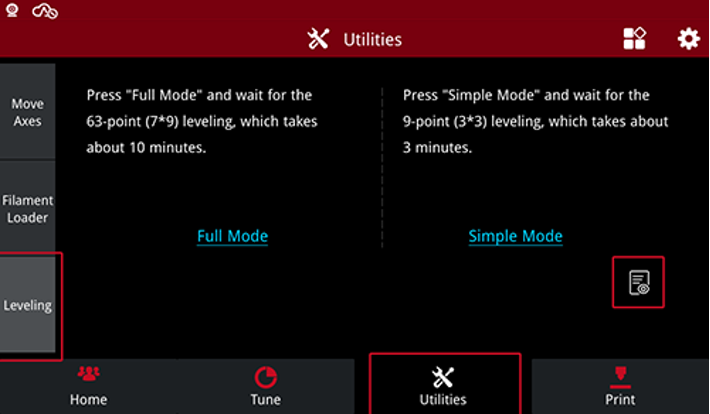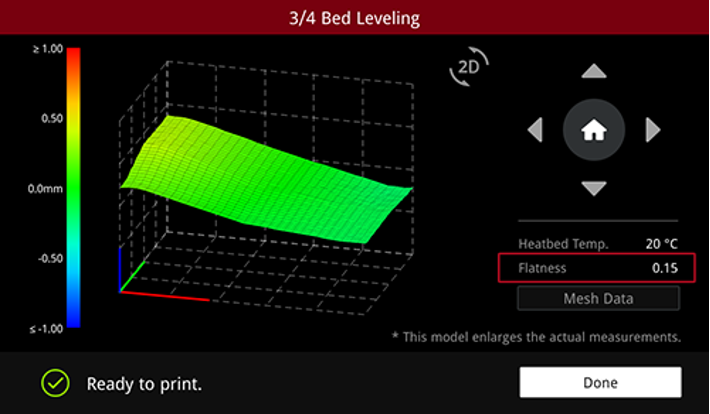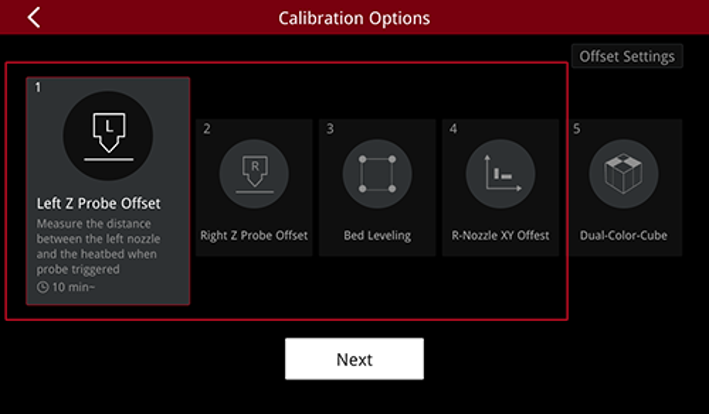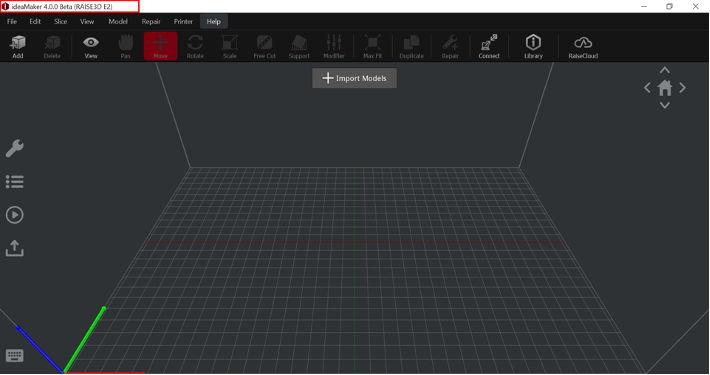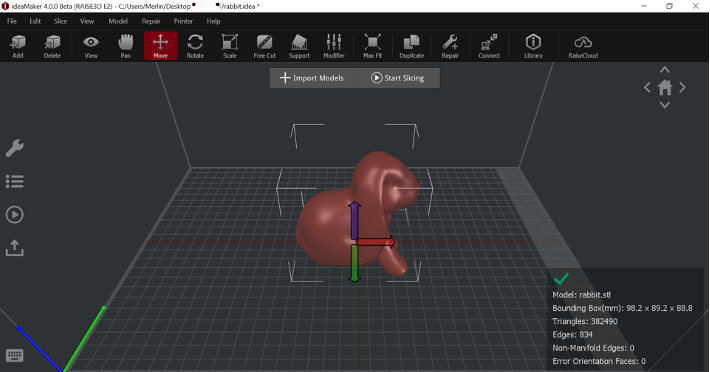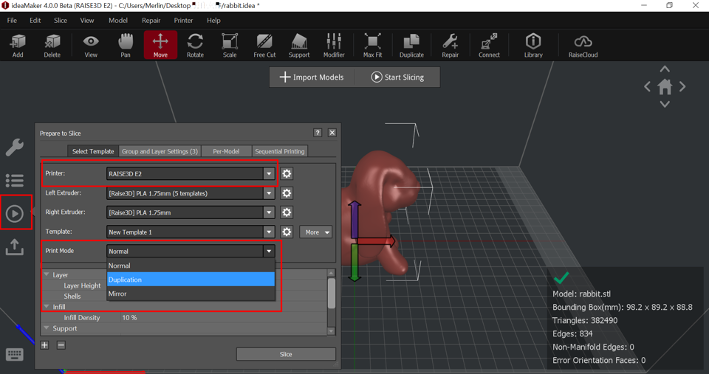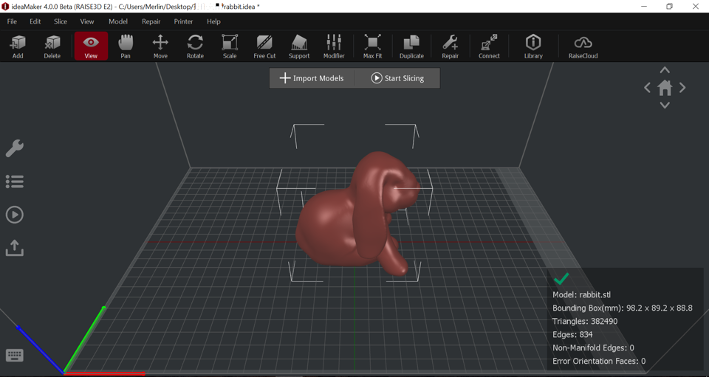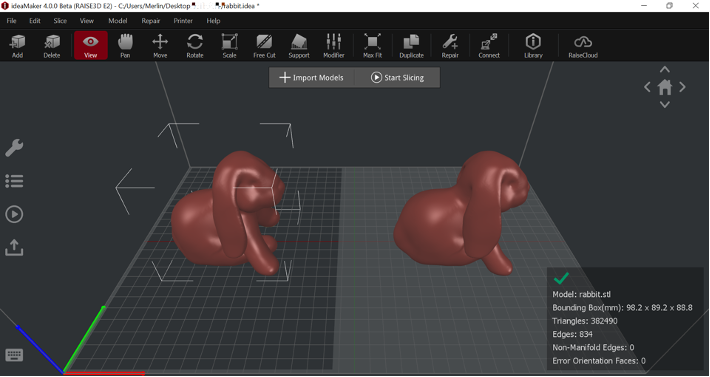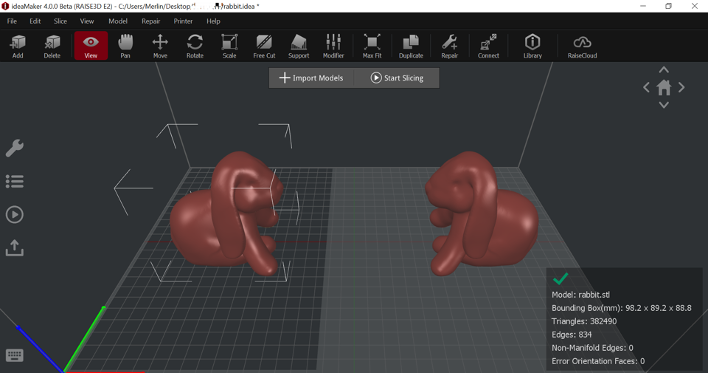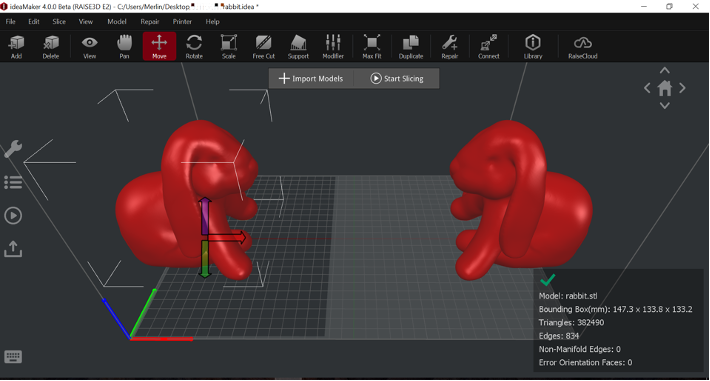- E3
- Backers List
- Raise3D 10th Anniversary
- Our Service
- Materials
- Pro3 HS Series Beta Templates – Request Demo
- Pro3 HS Series Beta Templates Open Test
- Product Unavailable
- Raise3D Application Guide: End-of-Arm Tooling
- Raise3D PLA Customer Satisfaction Survey
- Redirecting…
- Request the 2025 Buyer’s Guide
- RMS220
- S200-C
- Purchase the Service
- DF2+
- Resin 3D Printers
- Upload your STL
- Press
- Raise3D Online Shop
- Applications
- ideaMaker
- About Us
- Open Material Program
- Download Center
- Spare Parts
- Become a Reseller
- Get a Demo
- RMF500
- Request a Quote
- Request More Information
- Request More Info – Industrial Segment
- Hyper Core Filaments: Revolutionizing High-Speed Composite Filament Printing
- Raise3D Application Guide: Post-Processing: Bonding
- Raise3D Application Guide: Post-processing: Material Coating
- Raise3D Application Guide: Post-processing: Vapor Smoothing
- Raise3D Application Guide: Thermoforming
- Raise3D Application Guide: Understanding Post-Processing in Additive Manufacturing
- Request the 3D Printed Orthopedic Insole White Paper
- Request the Fiber-Reinforced Thermoplastic 3D Printing White Paper
- Request the Jigs and Fixtures 3D Printing White Paper
- Request the Metal 3D Printing White Paper
- Request the Raise3D Application Guide: Welding Jigs and Fixtures
- Request the Speedhut’s Automotive Innovation Case Study
- Application – Architectural Models
- Application – End-Use Parts
- Application – Insole
- Application – Jigs and Fixtures
- Application – Low Volume Production
- Application – Rapid Prototyping
- Application – Rapid Tooling
- Blog
- Book Application Consultation
- Industry – Aerospace and Defense
- Industry – Art and Architecture
- Industry – Automotive
- Industry – Education
- Industry – Engineering
- Industry – Manufacturing
- Industry – Medical
- On-Demand 3D Printing Services
- Raise3D Application Guide: Metal Forming
- Raise3D Application Guide: Post-Processing: Sanding, Painting, and Polishing
- Raise3D Customer Satisfaction Survey
- RaiseTouch Customer Satisfaction Survey
- Raise3D DF2: Enhancing Resin Printing Success
- Pro3 HS Series – Ad Version
- Raise3D Pro3 HS Series
- Raise3D E2 Non-Printable Area Size Diagram
- 3D Printers
- Service Bureau
- Surveys
- 3D Printing Support
- DF2
- DF2 – Ad Version
- E2
- Pro2 Series Hyper Speed Release Notes
- Sales Partner’s Voice
- White Paper & Application Guide
- Pro3 Series
- Forge1
- Careers
- Demo Video
- Product Registration
- E2CF
- Filament Run-out Sensor Installation Instruction
- Find a Reseller
- Sales Team
- STL Files
- News
- The Solution for Flexible Manufacturing Productivity
- Go Green Initiative
- Upcoming Webinars
- Hyper FFF®
- Sample Part
- Home
- Watch More Webinars
- Activate RaiseShield
- Activate RaiseShield – European Customers
- MetalFuse
- Software
- Raise3D Academy
- Pro2 Series
- Events
- Contact Us
- Legal
- PP
- Carbon Fiber (CF) Reinforced Filament
- ESD-Safe Filament
- Flame Retardant (FR) Filament
- Glass Fiber (GF) Reinforced Filament
- PA (Polyamide, Nylon)
- Raise3D High Speed Filament
- Support Material
Pro3 HS Series
FFF • Dual Extrusion • High-Speed Printing up to 300mm/s • RFID Traceable Workflow
Pro2 Series
FFF • Dual Extrusion • HEPA Filter With Activated Charcoal • Up to 300°C
RMS220
SLS • Low TCO • High Output • High-Precision Prints • Industrial and Functional Material
DF2+ (DLP Resin)
DLP • True DLP Precision • Faster Prints • RFID Traceable Workflow • Broad Resin Portfolio
DF2 (DLP Resin)
DLP • High Resolution Resin Printing • RFID Traceable Workflow • Wide Range of Resin Compatibility
E3
FFF • Dual IDEX • Flexible and Fiber-Reinforced Filaments • Enclosed Build Chamber
E2CF
FFF • Dual IDEX • For Fiber-Reinforced Filaments • Dry Boxes • Enclosed Build Chamber
E2
FFF • Dual IDEX • For Flexible Materials up to Shore Hardness 70A • Enclosed Build Chamber
RMF500
Large-Format FFF (500 × 500 × 500 mm) • Dual IDEX • Carbon Fiber Composites & High-Strength Polymer











